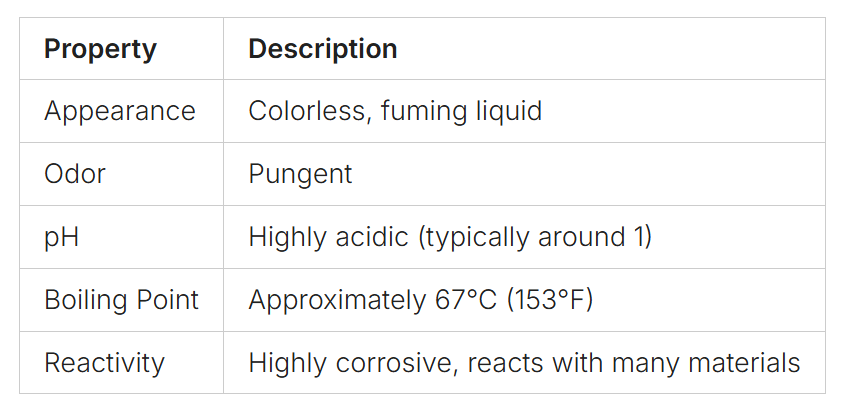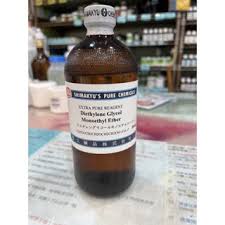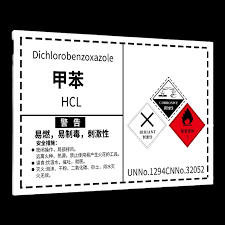Hydrofluoric Acid MSDS: Safety Guidelines & Data
Chemical Properties and Identification
Hydrofluoric acid is a colorless, fuming liquid with a pungent odor. It has unique chemical properties, including high acidity, corrosiveness, and the ability to dissolve glass and certain metals. Proper identification and handling of this hazardous material are crucial for workplace safety regulatory compliance.
Regulatory Classification
Hydrofluoric acid is classified as a hazardous substance and is subject to strict regulatory frameworks. The MSDS outlines specific classifications, such as being categorized as a corrosive substance, toxic substance, and environmental hazard. Understanding these classifications is essential for implementing appropriate safety protocols and meeting legal requirements.
Risk Classification
Corrosive Substance: It poses severe hazards to the skin, eyes, and respiratory system.
Systemic Toxicity: Exposure to hydrofluoric acid can cause serious health issues such as hypocalcemia (low calcium levels), hypomagnesemia (low magnesium levels), and arrhythmias.
Personal Protective Equipment (PPE)
Chemical-resistant gloves
Sealed suits
Face shields or goggles
Respirators with acid gas filters or self-contained breathing apparatus (SCBA)
Appropriate foot protection (e.g., chemical-resistant boots)
Safety Handling Procedures
Ensure good ventilation and no ignition sources.
Use secondary containment to avoid spills or leaks.
Immediately rinse exposed skin with large amounts of water and seek medical attention.
Hydrofluoric acid poisoning requires specialized treatment, such as the injection of calcium gluconate as an antidote.
Storage Requirements
Store in a cool, dry, well-ventilated area.
Use containers made from compatible materials (e.g., polyethylene or polypropylene) and clearly label with chemical name, concentration, and hazard information.
Emergency Response Measures
Skin Contact: Immediately remove contaminated clothing and wash with large amounts of water.
Inhalation: Move the patient to a well-ventilated area, administer oxygen, and seek medical attention immediately.
Ingestion: Do not induce vomiting; give small amounts of water or milk to dilute the acid and contact emergency services immediately.
By following the safety guidelines in the MSDS, the risks associated with hydrofluoric acid can be minimized, ensuring safe use and storage of this dangerous substance.







